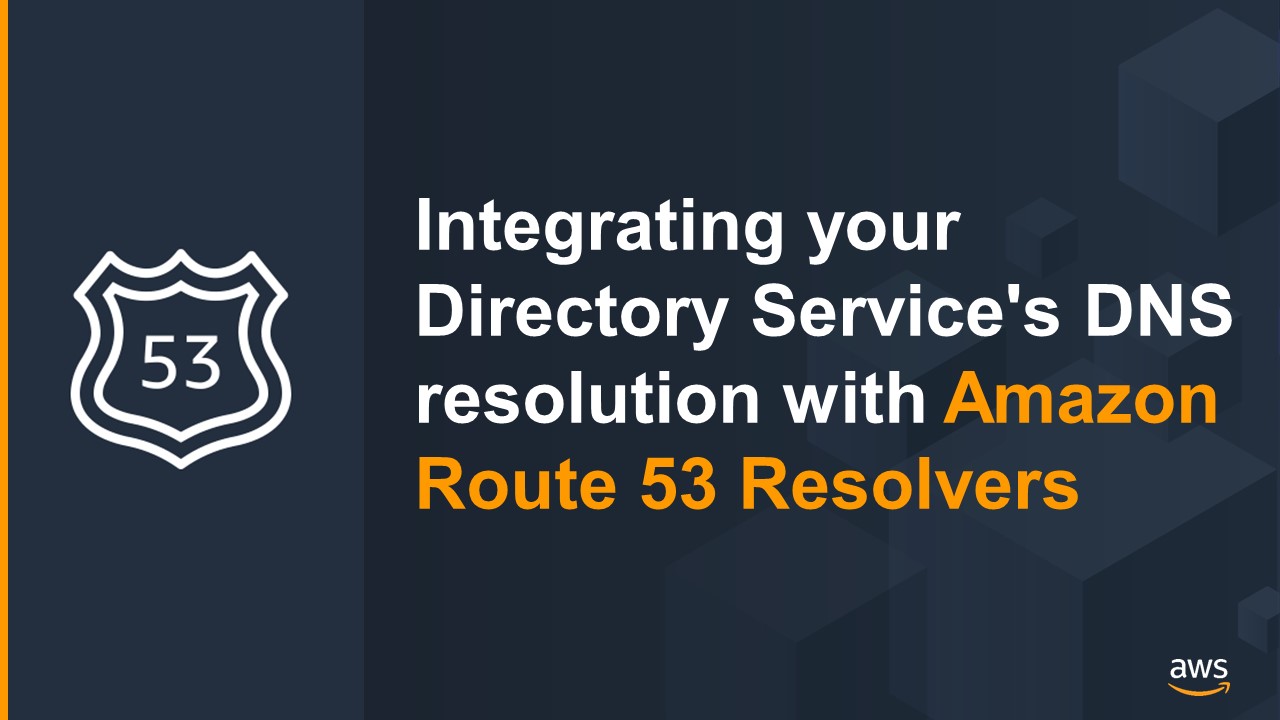Networking & Content Delivery
Category: Architecture
Introducing dual-stack without public IPv4 Application Load Balancer
In May 2024, Amazon Web Services (AWS) launched a new feature for internet-facing Application Load Balancers. This enhancement allows you to provision an internet-facing Application Load Balancer without needing public IPv4 addresses, enabling clients to connect using only IPv6 addresses. To connect, clients resolve the AAAA DNS records assigned to the Application Load Balancer. The […]
Use VPC IP Address Manager to manage subnet CIDRs
Amazon VPC IP Address Manager (IPAM) is a VPC feature that allows you to plan, track, and monitor IP addresses for your AWS workloads. Until now, VPC IPAM allowed you to allocate CIDR blocks and monitor them at the VPC level. With a recent feature enhancement in VPC IPAM, you can now manage CIDR allocations […]
Experian: Centralized internet ingress using AWS Gateway Load Balancer and AWS Transit Gateway
This is a guest post co-written with Mike Mosher, Sr Principal Cloud Platform Network Architect, and Daniel Lee, Lead Cloud Platform Engineer, from Experian. Experian is a global technology company that offers credit risk, fraud, targeted marketing, and automated decisioning solutions. We are an AWS early adopter and have embraced the cloud to drive digital […]
Hybrid cloud architectures using AWS Direct Connect gateway
In April 2023, AWS increased several AWS Direct Connect quota limits, as you have asked for increased scale and capacity for hybrid cloud connectivity. With the new limits, you can now create up to four Transit Virtual interfaces (VIFs) per AWS Direct Connect dedicated connection. The maximum number of prefixes has increased to 200 for […]
Improving Performance on AWS and Hybrid Networks
In this post, we provide recommendations to improve network performance on AWS and hybrid networks. In today’s enterprise networking environment, it is becoming common for customers to have multi-gigabit connectivity to AWS either through AWS Direct Connect or over the Internet. Although network bandwidth is fundamental, several other factors come into play for network performance, […]
Rapidly recover from application failures in a single AZ
Update – 3rd May 2023 With this update, zonal shift for Amazon Route 53 Application Recovery Controller is now also available in the following AWS Regions. Learn more in the updated What’s New post or zonal shift documentation. Today we’re introducing zonal shift, a new capability of Amazon Route 53 Application Recovery Controller (Route 53 […]
Creating Disaster Recovery Mechanisms Using Amazon Route 53
We’ll start by outlining how AWS services provide reliability using control planes and data planes, then share high-level design principles for creating a failover mechanism. Finally, we’ll explain the features of Route 53 that make your DR approach more effective.
Target Group Load Shedding for Application Load Balancer
Load Shedding Load shedding is the practice of sacrificing enough application traffic to keep partial availability in the presence of an overload condition. Used in conjunction with strategies like load balancing, load shedding helps applications support service level agreements (SLAs) when increased traffic overwhelms available system resources. While the cloud’s elasticity reduces the need for […]
Integrating your Directory Service’s DNS resolution with Amazon Route 53 Resolvers
There are times when your client systems must resolve a Microsoft Active Directory’s Fully Qualified Domain Name (FQDN) before they can join a domain. Each VPC in your AWS environment is provisioned with a DNS resolver powered by Amazon Route 53. We call this an AmazonProvidedDNS. This resolver runs on the second IPv4 address from […]
Integrate SD-WAN devices with AWS Transit Gateway and AWS Direct Connect
Many AWS customers like to use their existing Software Defined Wide Area Network (SD-WAN) devices when connecting their on-premises networks to an AWS Transit Gateway. When doing this, a large number of prefixes must be advertised to and from AWS Transit Gateway. In this post, we show how to use the Transit Gateway Connect feature […]









